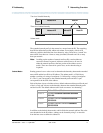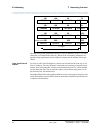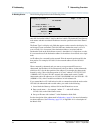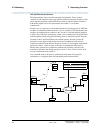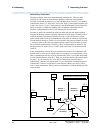
IP Addressing 1 Networking Overview
Administration for Network Connectivity
CID: 77730 555-233-504 — Issue 1 — April 2000
22
Default Gateway
On LANs that connect to other networks or subnetworks, it is convenient to define a
default gateway node. The default gateway node is usually a router that is connected
to 2 or more different (sub)networks. It could also be a C-LAN ethernet port that is
connected to other C-LANs on the same switch. Any packets addressed to a different
(sub)network, and for which no explicit IP route is defined, are sent to the default
gateway node. The default gateway node is either directly connected to the addressed
node or knows of another router that knows how to get to the packet address.
A default gateway can be assigned to a node (C-LAN port or IP Interface port) on the
IP Interfaces screen. If you do not assign a default gateway to a node, an explicit host
IP route must be defined to enable communications to any node on a different
(sub)network.
You can also assign a default gateway by setting up an IP route with the default node
as the destination and the router (or C-LAN) as the gateway. The default node is a
display-only entry on the Node Names screen with IP address 0.0.0.0. It acts as a
variable that takes on unknown addresses as values. When the “default” IP route is set
up, any address not know by C-LAN is substituted for the default address in the
default IP route, which uses the router as the “default” gateway.
!
SECURITY ALERT:
A default gateway could allow unauthorized access to your network if it
is not properly administered and maintained.






